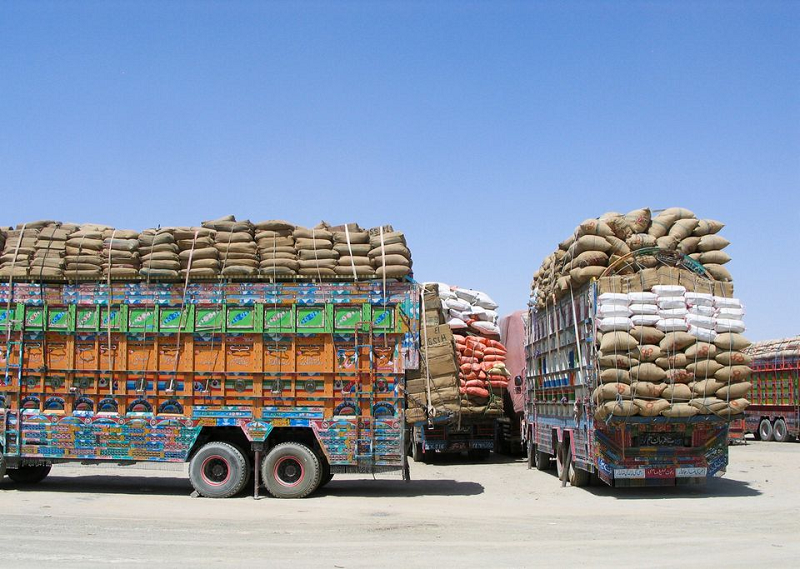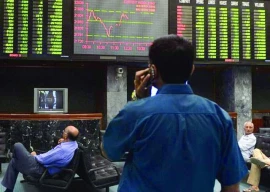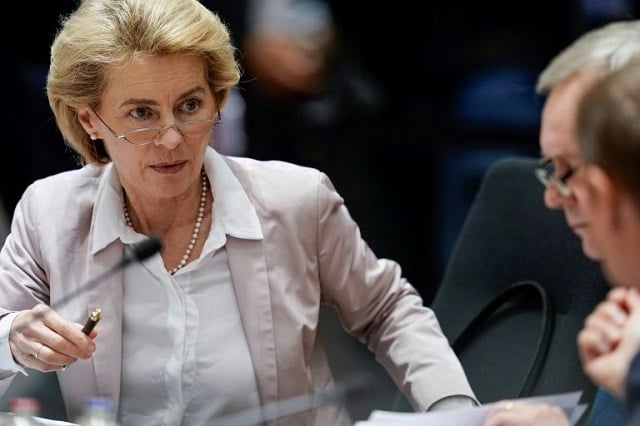
Pakistan may trade with Afghanistan in rupee, a move that can ease the country’s burgeoning current account deficit.
Minister of Finance and Revenue Shaukat Tarin told the Senate Standing Committee on Finance that trade with Afghanistan would be in rupee now as the new government wanted to save its dollar reserves.
Commenting on the development, Pakistan Businesses Forum Vice President Ahmad Jawad said it was a good move for Pakistan’s importers too, to deal in rupee.
“In a currency swap arrangement, countries that buy from each other pay in their respective currency at a pre-determined exchange rate instead of trading in US dollar. This helps save foreign exchange and strengthens their currencies.”
He said the government must form a task force with representatives of the commerce ministry, State Bank of Pakistan and Federation of Pakistan Chambers of Commerce and Industry (FPCCI) to prepare a list of countries with which Pakistan could consider trading in rupee.
“While it is negative in terms of US dollar inflow into Pakistan, it is not a huge amount,” said Topline Securities economist Atif Zafar.
Moreover, it would strengthen diplomatic relations with Afghanistan, which was more important right now, he added.
“At a time when the economy desperately needs a push for growth, Pakistan can capitalise on the present situation by increasing the scale and depth of economic engagement with Afghanistan,” said former FPCCI president Mian Anjum Nisar.
“Our economy is at the crossroads in the wake of a dramatic drop scene of the US-led war in Afghanistan with the return of Taliban back to power, but in this crisis Pak-Afghan trade can be multiplied manifold if the irritants are removed and traders are facilitated.”
Afghanistan’s economy shrank 1.9% in 2020, Nisar said. The country has the second-lowest per capita income in the region.
Read Pak-Afghan trade picks up as Taliban seize control
Things are in a flux and there is every chance that the situation can deteriorate further as the aid flow may be disrupted. After all, 80% of Afghanistan’s budget is financed by aid.
“It would serve us better if we lie low and do our homework to deal with all possible scenarios in Afghanistan, as logistics facilities, including sufficient weighing bridges and swift customs clearance, can shorten travel time, reduce wastages and increase the overall trade to the benefit of the two countries and their people,” he added.
“I think trade with Iran and China too should be in rupee, as we make substantial imports from China,” said Jawad.
He added that the trade and industry had no idea as to what was the real exchange rate required by the central bank and what was the end point for rupee depreciation.
Though the exporters would get some benefit in their export proceeds from the depreciating rupee, the overall economy would face a tough time as the cost had been rising and finally it would affect consumption, which was the main wheel to run the economy.
Published in The Express Tribune, September 10th, 2021.
Like Business on Facebook, follow @TribuneBiz on Twitter to stay informed and join in the conversation.
























COMMENTS
Comments are moderated and generally will be posted if they are on-topic and not abusive.
For more information, please see our Comments FAQ